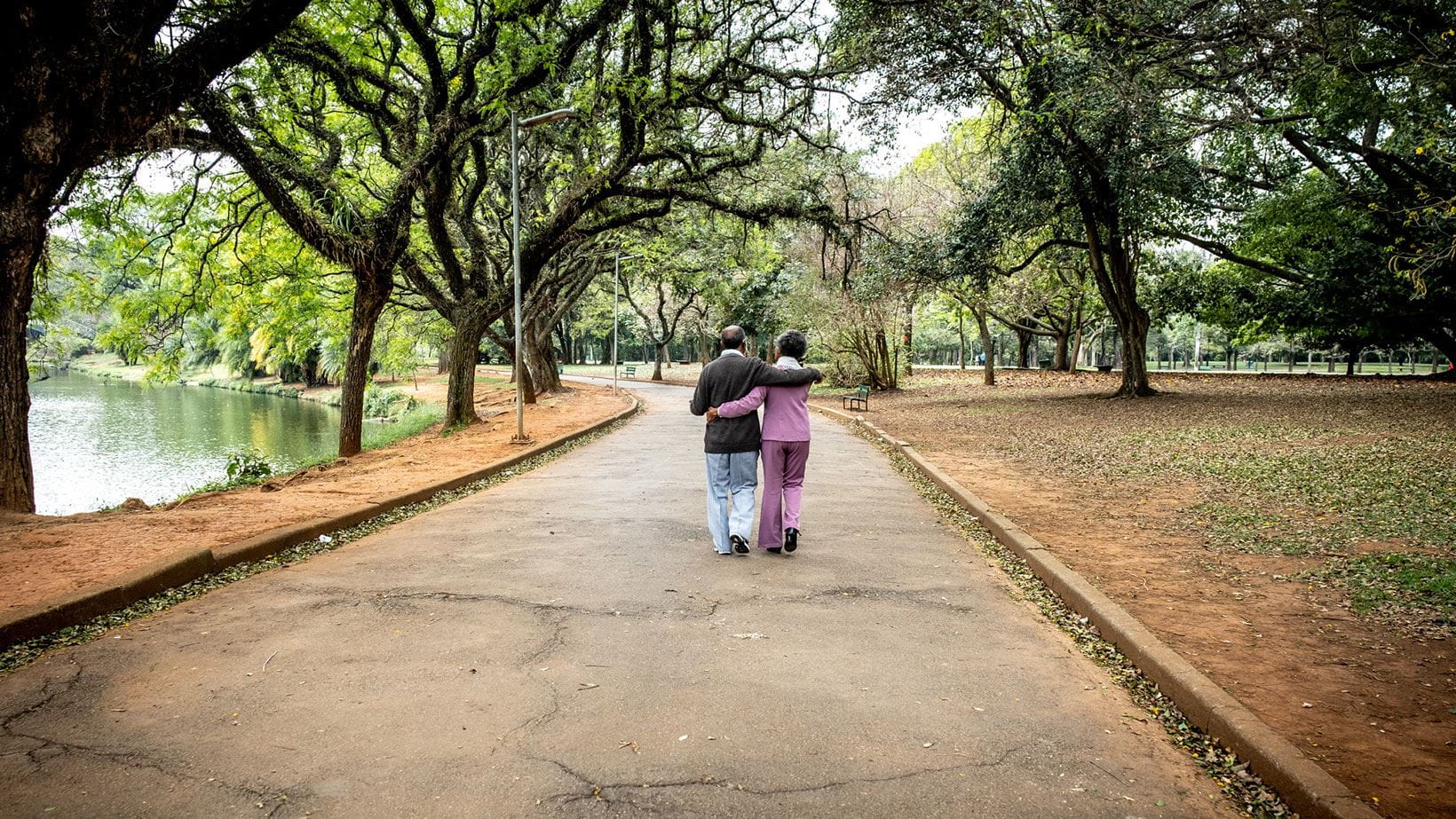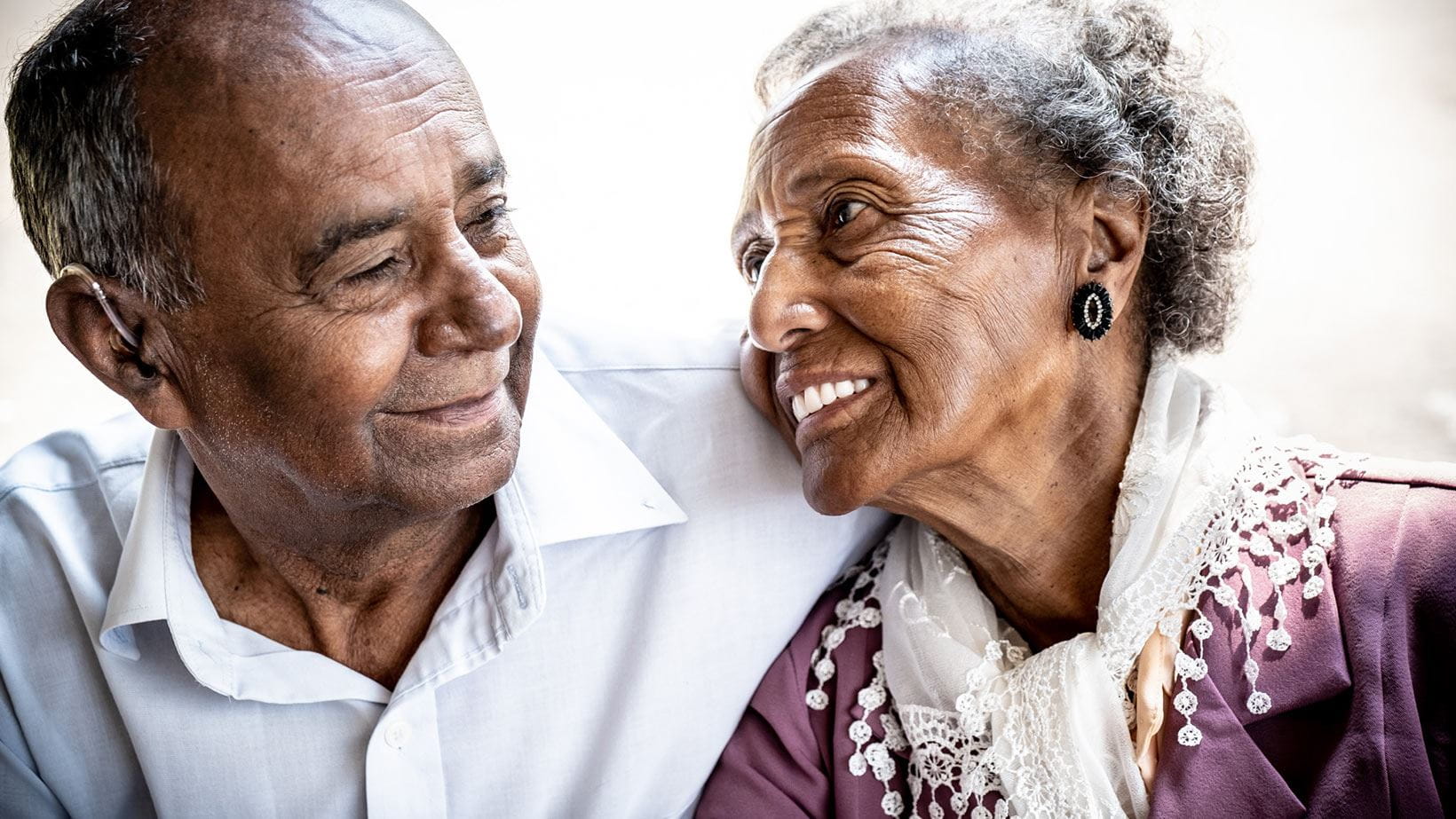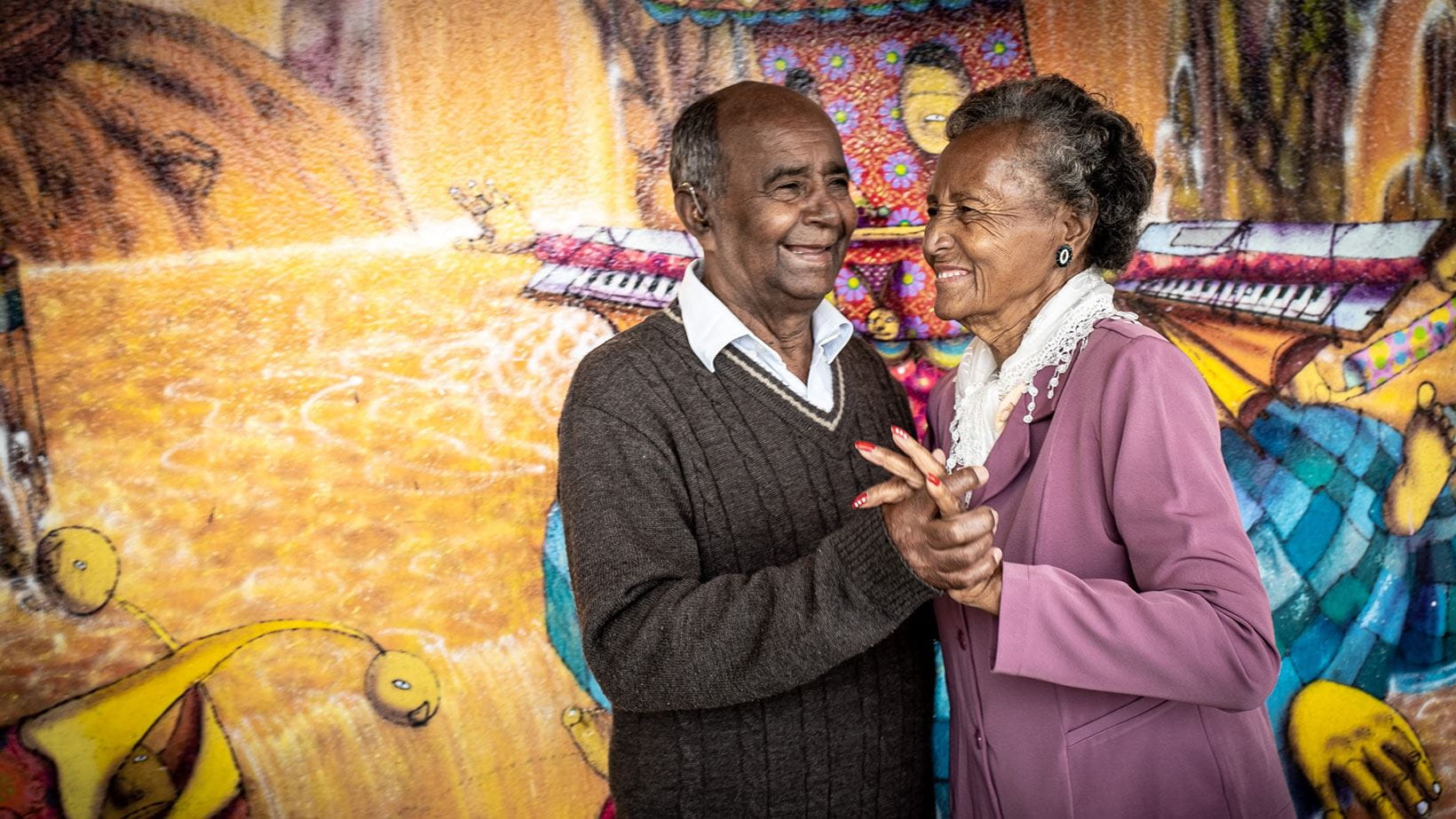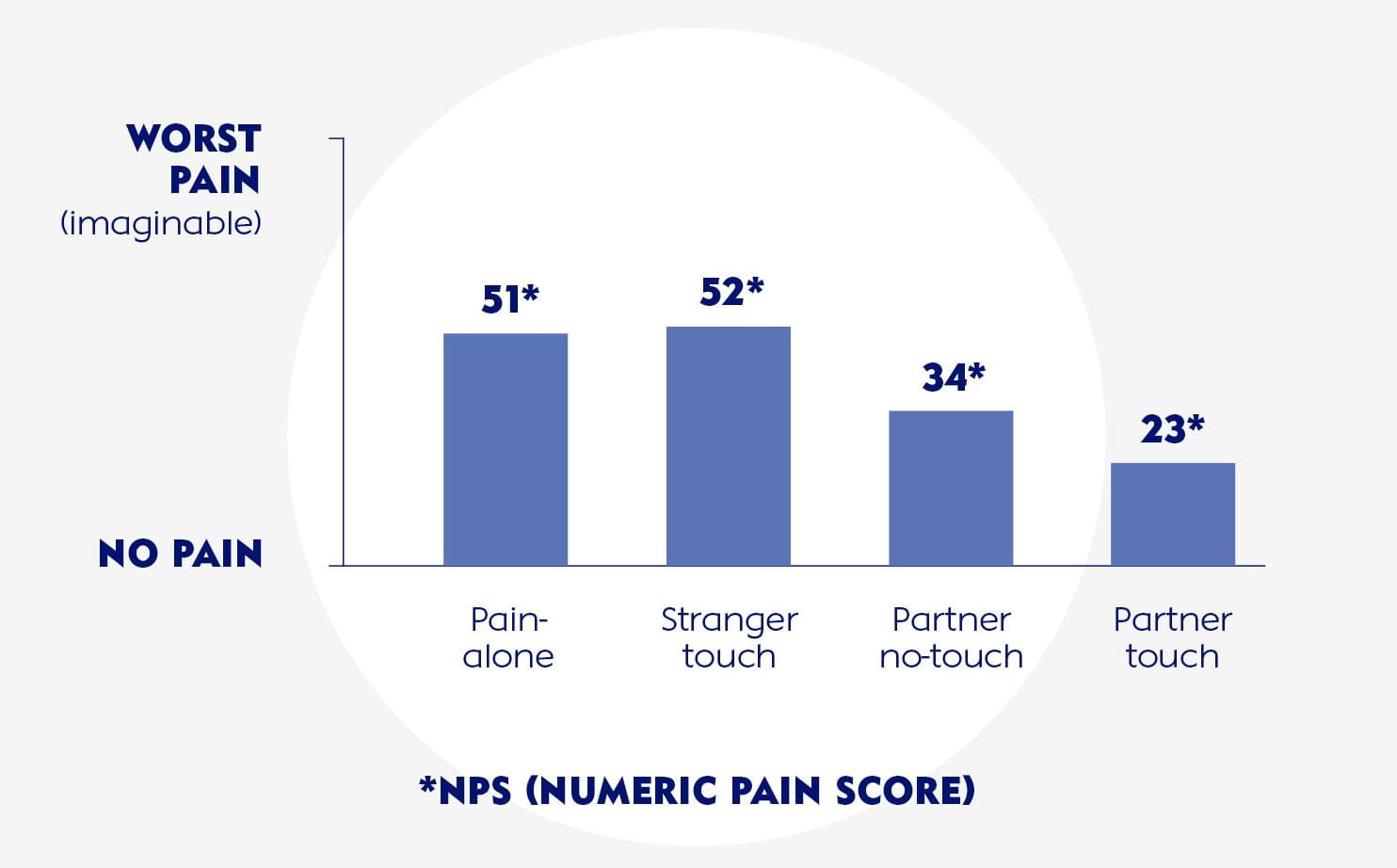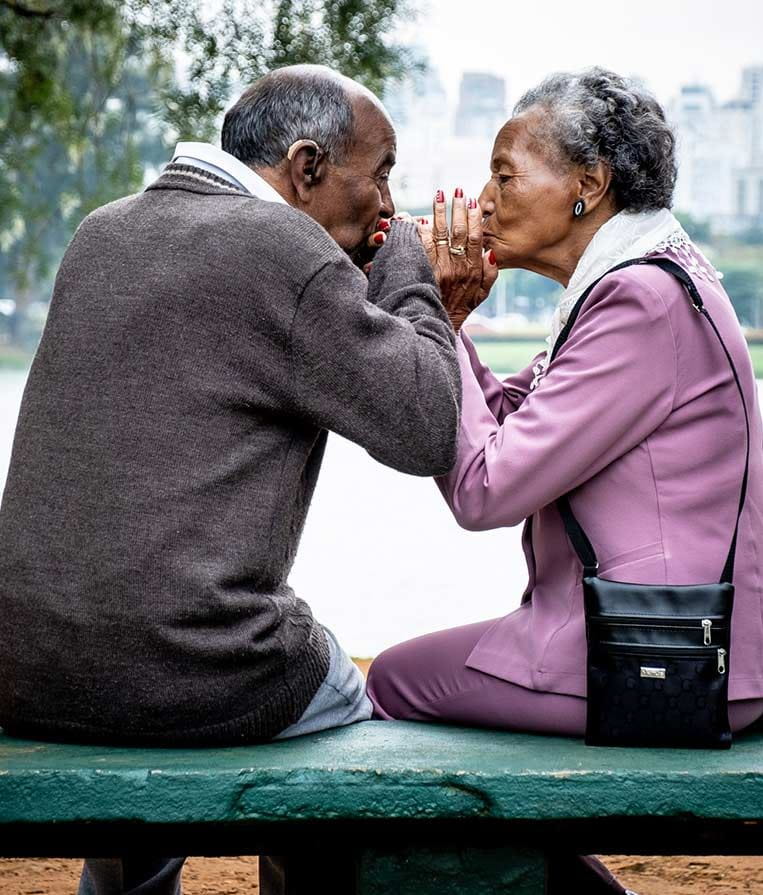
The Touch of Love
It was love at first sight when 19-year-old Juarez saw 22-year-old Heloisa in the main street of São João del Rey, Brazil. The couple have been happily together for more than 54 years. What is their secret? And what happens if we grow old without a long-lasting relationship?
Heloisa

Prof. Dr. Martin Grunwald
Touch as a Lifesaver
Why is touch so important for relationships? One possible answer: It expresses kindness. Research has shown that kindness is the most important predictor for a stable, happy marriage. Kindness makes each partner feel cared for, understood, and validated – in short, feel loved. Physical affection requires attention and creates emotional connection. Quite the opposite of neglect which creates distance between partners and can also lead to growing resentment in the partner that feels ignored.
The Key importance of Touch
Touch as a Painkiller
Being out of touch


